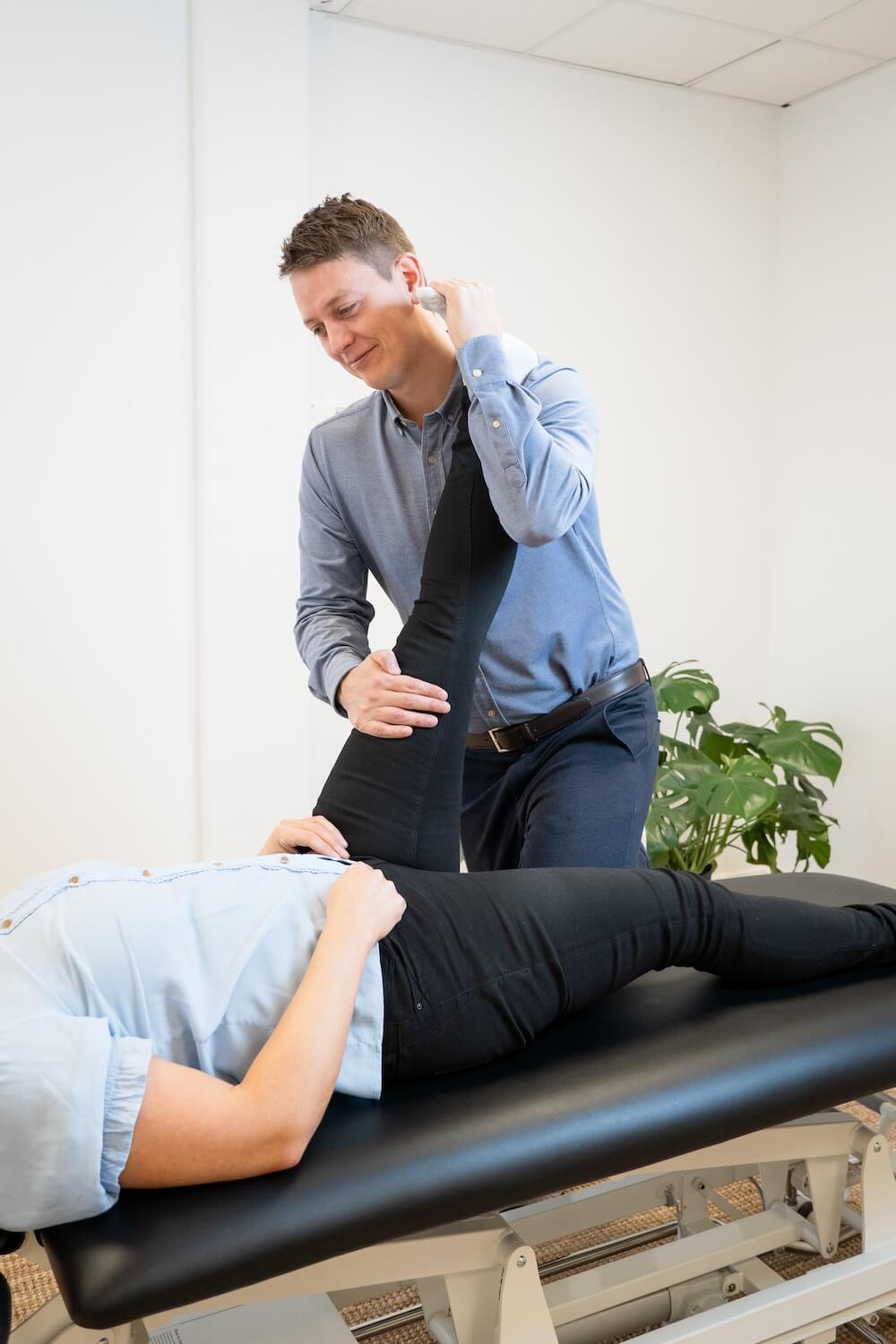We treat
Flat feet (Pes Valgus)
Learn more about flat feet & its complications
Flat feet
Flat foot is categorized as a chronic condition, which means that the condition will often worsen if not treated. It is therefore important to start treatment early to prevent chronic long-term effects. The condition most often affects women over 40 years of age. All children in the age of 3-4, will show signs of flatfoot due to the fat pad in the arch of the foot. However, this is a condition that disappears as the child grows up, and therefore in most cases there will be no need for treatment.
Jump to section [Vis]
What is flatfoot?
Our feet are anatomically shaped so that they arch in two directions. One arch is found along the length of the foot, and the other arch is found across the forefoot. The purpose of the arches of the foot is to act as a cushion and absorb shock from the surface.
In addition, the foot is equipped with so-called foot pads under the heel and forefoot, which also have the purpose of absorbing shock from the surface.
Flatfoot is a condition in which the arches of the foot are either reduced or completely absent. This naturally has consequences for the cushioning and shock-absorbing effect that the arch of the foot normally has and can lead to pain in the foot and calf, and over time develop into, for example, lower back, pelvic, hip and knee pain.

Different types of flat feet
There are generally two different types of flat feet, a mobile (movable) flat foot and a rigid (stiff) flat foot. Mobile flat feet are characterized by the fact that they are only problematic when the foot is under load; relieving the load can make the symptoms disappear.
You can test whether you have a mobile or a rigid flat foot by standing on your toes.
With a mobile flat foot, the foot will be able to get into a “normal position” where an arch can be seen.
With a rigid flat foot, the foot will still not be able to get into a “normal position” and therefore an arch cannot be seen when standing on your toes.
Source: Netdoktor.dk
Causes of flat feet
What causes flat feet? Examples of causes of flat feet are:
- Genetics (often several people in the family have flat feet)
- Short Achilles tendon
- Bone fracture in the hindfoot or metatarsal
- Fusion of bones in the feet
- Nerve and muscle diseases
- Rheumatoid arthritis
- Weakness in the tibialis posterior muscle
- Reduced blood circulation
- Issues related to digestion and metabolism
Source: Sundhed.dk

Symptoms of flat feet
There can be several symptoms of flat feet, the most common being pain and/or tenderness on the inside of the back of the foot, which will typically gradually increase and, in the worst case, can persist for up to several months/years.
In severe cases, you may have problems with balance and walking when the arches of the foot flatten, and there is also a risk that the ankle joint will become more stiff.
As the arches of the foot flatten, the inside of the midfoot typically comes into contact with the ground, causing your shoes to wear out unevenly.
Source: Sundhed.dk
Diagnosing flat feet
The diagnosis is typically made based on the symptoms, observation and examination. The normal arches of the foot will be reduced, the front part of the foot will become wider, there may be a curvature around the Achilles tendon and it is possible that this has biomechanical consequences upwards in the body, e.g. knees, hips, pelvis and back. There may be tenderness around the Achilles tendon when pressed and the mobility of the ankle joint may be reduced.
If you have flat feet, as previously mentioned, you can distinguish between mobile flat feet and rigid flat feet by standing on your toes and seeing whether the arch of your foot straightens out or not.
If you are unsure whether you have flat feet, a look under your shoes may be a good place to start.
Look under some shoes you’ve walked many miles in and see if your shoes are worn around the inside of the midfoot, and/or if they are worn differently from foot to foot.
Source: Sundhed.dk

Can training get rid of flat feet?
Several studies have been conducted that indicate that foot training has a positive effect on and reduction of flat feet. (B. Unver, E. Ulas, E. Akbas, 2019).
Among other things, the effect of information about good foot care and appropriate footwear for flat feet has been compared with the same information and guidance combined with training over 6 weeks.
It turns out that training in combination with guidance is better and more effective than guidance and footwear adjustment alone.
The group that trained short-foot exercises (see the section on exercises) for 6 weeks had a significantly greater decrease in pain, a clearer foot arch, more strength in the foot and a more optimal foot position.
This suggests that training can go a long way in reducing the discomfort of flat feet.
What shoes should you wear for flat feet?
When you have flat feet, the heel bone will move towards the inside of the sole of the foot, so it is best to choose shoes with good, stable support around the heel.
In addition, it is important to choose shoes that support the arch, as the arch is often more or less flattened. If you cannot find a shoe that provides optimal arch support, you can use an insole that helps and supports the arch.
In that case, it is important to choose a good, spacious shoe, so that there is plenty of room for both the foot and the insole in the shoe.

Flat feet in babies
As previously mentioned, everyone is born with flat feet, this is due to a fat pad in the arch, which will normally disappear around the age of 2-3.
When the child begins to put weight on the foot during, for example, walking, it gradually begins to change shape. The foot will remain soft and very flexible, but the fat pad will decrease, the muscles will develop and the arches of the foot will be created, so the foot will become less wide and more and more resemble an adult foot.
There is generally a greater incidence of flat feet among children, which decreases with age.
The incidence of flat feet will vary depending on the definition, but approximately 54% of all 3-year-olds and 10-20% of adults have them. The vast majority will naturally get rid of the congenital flat feet.
Aids for flat feet
The most important aid for flat feet is good footwear (described above). In addition, there are various types of aids for good arch support, in the form of specially made soles that aim to lift up under the front part of the calcaneus (the large bone in the heel). Or inserts that can help to give a more normal position in the foot, where the arch is lifted.
Source: Netdoktor.dk
Flat feet in children
Since the vast majority of children have flat feet, it will be important to distinguish whether the child’s flat feet cause pain and discomfort or not.
The natural flat foot is called “soft” and is characterized by being without discomfort, with normal mobility of the hindfoot and without tightening of the Achilles tendon.
Here there is no need for arch support or concern that the child will later develop problems with the back, hips or knees due to the foot position.
However, if the condition has developed late, only on one foot, or is causing the child discomfort or pain, you should be aware. You will want to check whether the child has a tight Achilles tendon and lack of mobility in the hindfoot.
This may require manual treatment, extra supportive heel cup around the hindfoot, and training exercises.
Make sure to encourage your child to do foot exercises through play and preferably with some variety. A few examples for inspiration could be: Obstacle course (indoors or outdoors) with several unstable surfaces that will challenge balance and arch muscles.
In addition, practice picking things up from the ground with your feet, squeezing water out of a sponge by curling your toes, walking on the outside of your feet with curled toes, or possibly drawing or writing on paper with a pencil placed between your big toe and second toe.
Flat foot insole
If you have a mobile flat foot, an insole should be focused on straightening the heel bone. In addition, the insole should be shaped so that the foot is forced to arch, which results in the foot being held in a more optimal position. This type of insole can also be used as a treatment for the stiff (rigid) flat foot in the early stages. However, if the rigid flat foot is discovered later, an individually made supportive insole or specially made shoes are needed.

Flat foot treatment
Generally, flat feet are not treated unless they cause symptoms.
Some people have flat feet most of their lives without being bothered by it. If flat feet cause symptoms, there are various options for treating flat feet.
One place to start is to find some footwear with good arch support under the foot, which can help in some cases.
In addition, as previously mentioned, several articles have been written about training in connection with flat feet, which indicate that the combination of training, guidance and proper footwear can reduce pain related to flat feet. Later in this article we will provide some examples of which exercises can be done in connection with flat feet.
As osteopaths, we examine all the body’s systems and find out what is causing the symptoms the patient is experiencing.
Therefore, osteopathic treatment for flat feet can vary greatly, and this will be elaborated on later in this article.
Flat feet and surgery
In all cases, the patient will be advised to try conservative treatment prior to surgery for flat feet, as there are of course risks with surgery such as infections, lack of healing of structures and/or sensory disturbances. Any surgery is adapted to the patient’s situation, but the surgery itself may consist of several sub-operations, including:
- Tendon elongation
- Bone corrections
- Stiffening of joints
Source: Aleris-Hamlet.dk

Osteopathic treatment of flat feet
Osteopathy looks at the problem holistically and tries to find causal relationships that may be important for the development of flat feet.
Osteopathy, for example, treats the digestive and organ systems so that the metabolism functions better, promotes blood supply to the feet to promote healing, and optimizes the nervous system so that tension in muscles and connective tissue is reduced.
In addition, osteopathy naturally works with the biomechanical problems in the lower back, pelvis, hips, knees and in the foot itself if this is relevant. As osteopaths, we will also advise you on what things you can do yourself to solve your problem, including advice on exercises, diet, stress levels, sleep, etc. which can also have an impact on flat feet.
Arch support for flat feet
A good supplement to training the arch muscles to create the missing arch would be passive arch support. There are different ways to achieve this support, either through shoes with good arch support or with an additional insole with the same effect.
Studies have shown that the best effect is achieved by a combination of both training and interventions.
If you are going to be active for a long time at a time, and the arch muscles have not yet achieved enough strength and endurance, it may be an advantage to give the arch extra support to avoid soreness and fatigue under the foot.
Exercises for flat feet
Ideally, the weight on the sole of the foot should be distributed almost equally between three points on the sole of the foot. One on the heel and two on the forefoot, just below the little toe and big toe. If you have flat feet, you will usually have the most weight bearing and the greatest pressure on the inside of the foot, i.e. on the point under the big toe and the inside of the heel. The primary focus in training for flat feet is to train the muscles that can help lift the arch under the foot, thereby improving the arch and distributing the weight on the foot more optimally.

Often related injuries
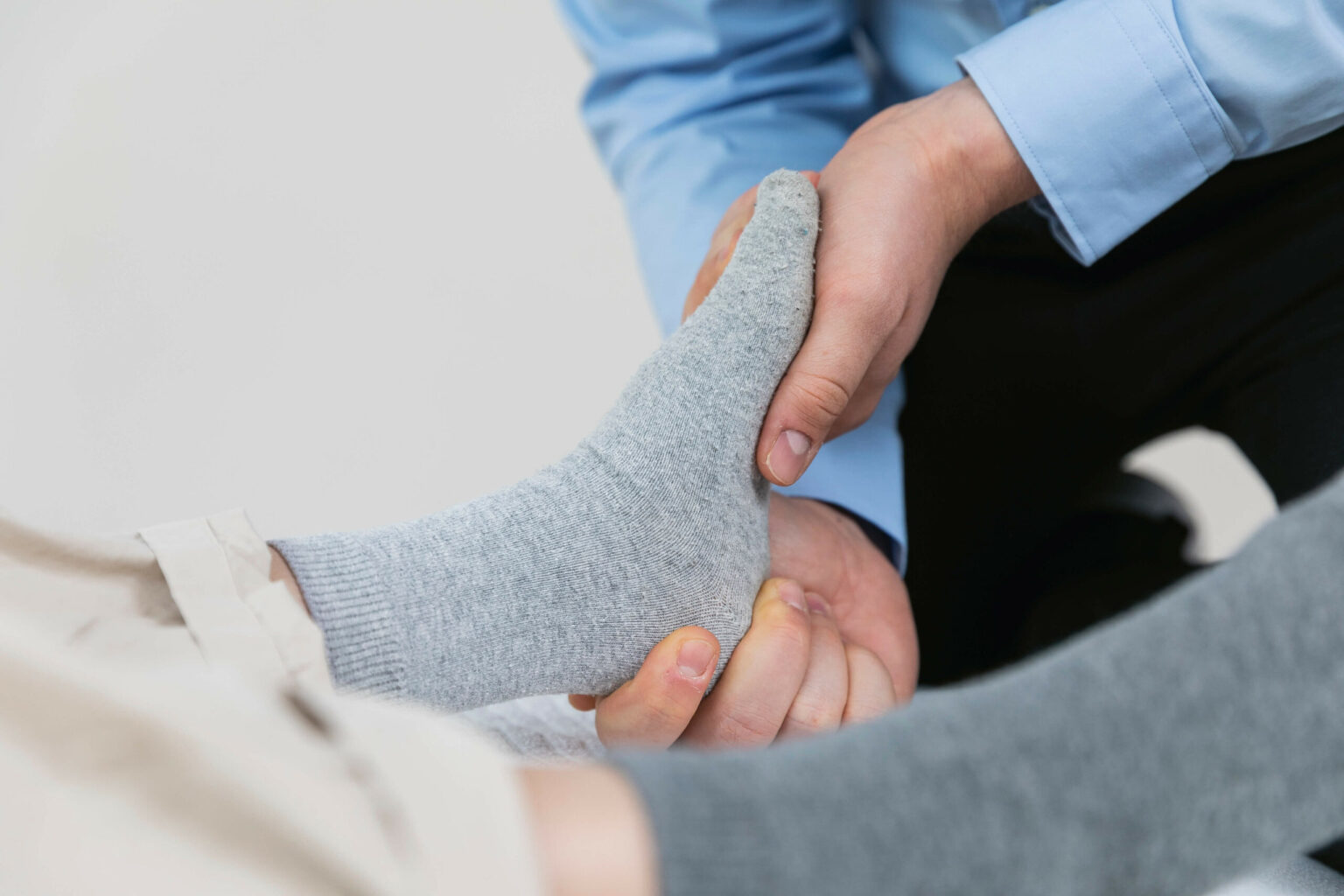
Tenosynovitis in the foot
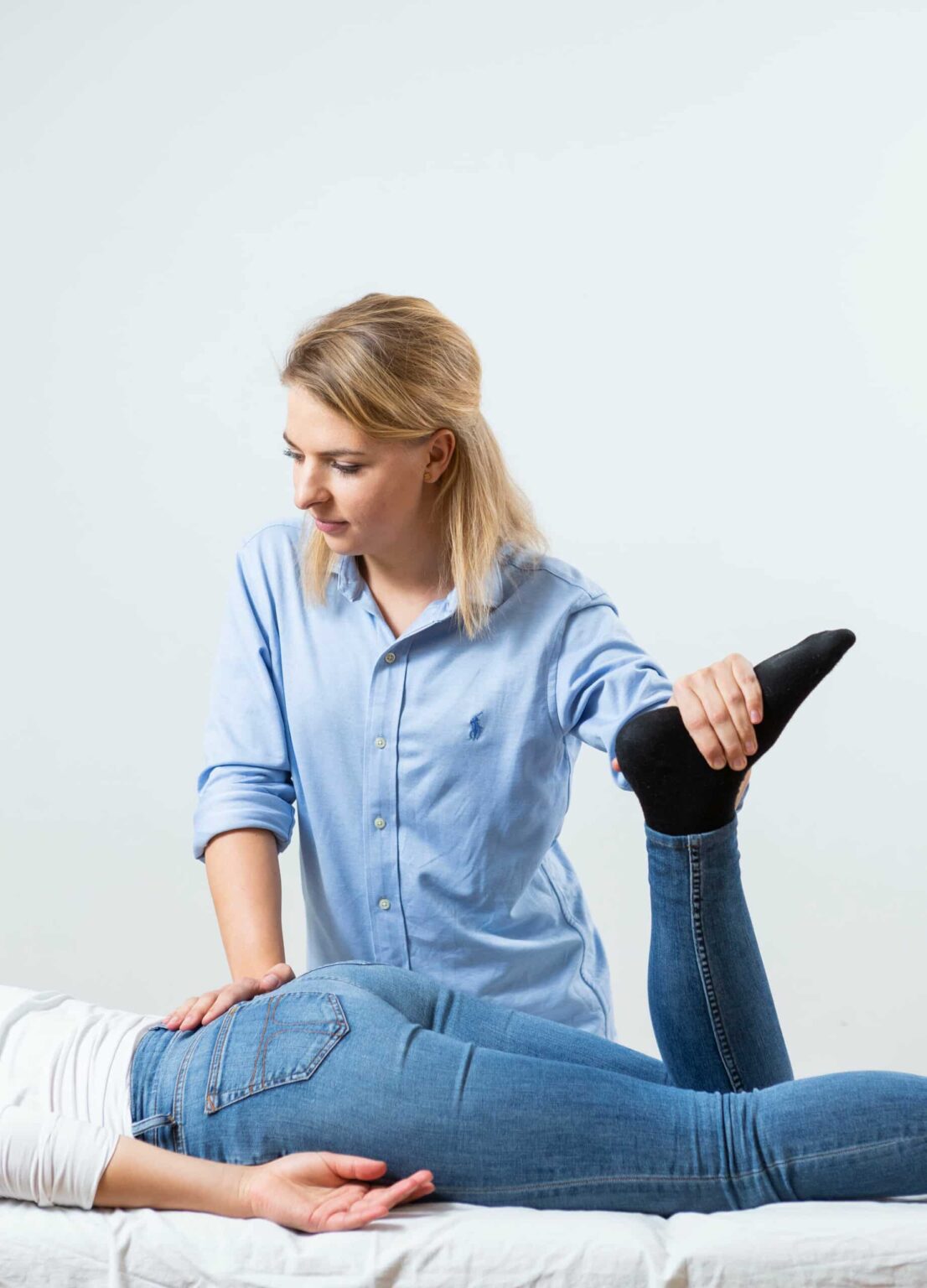
Swollen ankles

Sunken forefoot
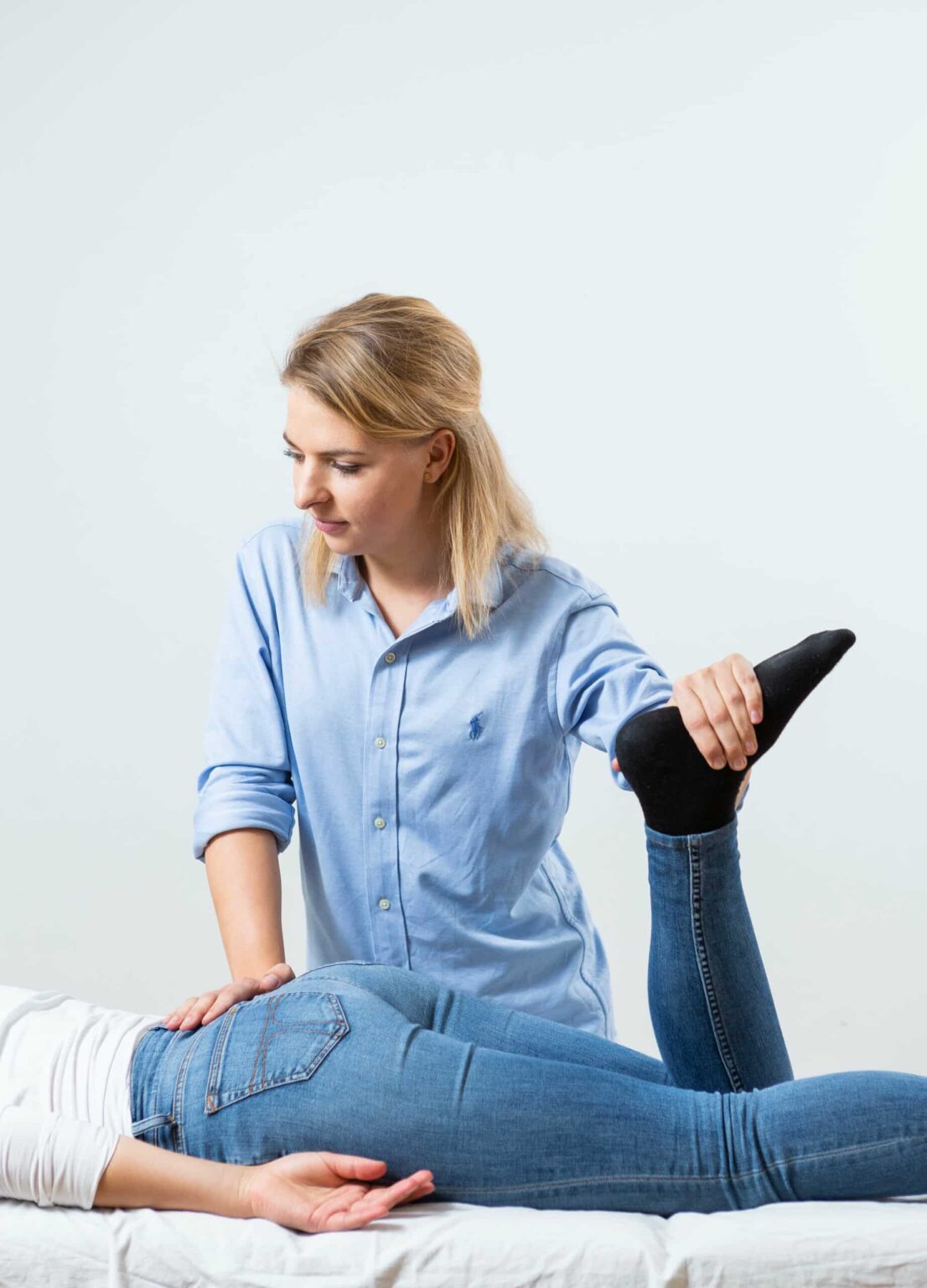
Flat Foot (Pes Valgus)
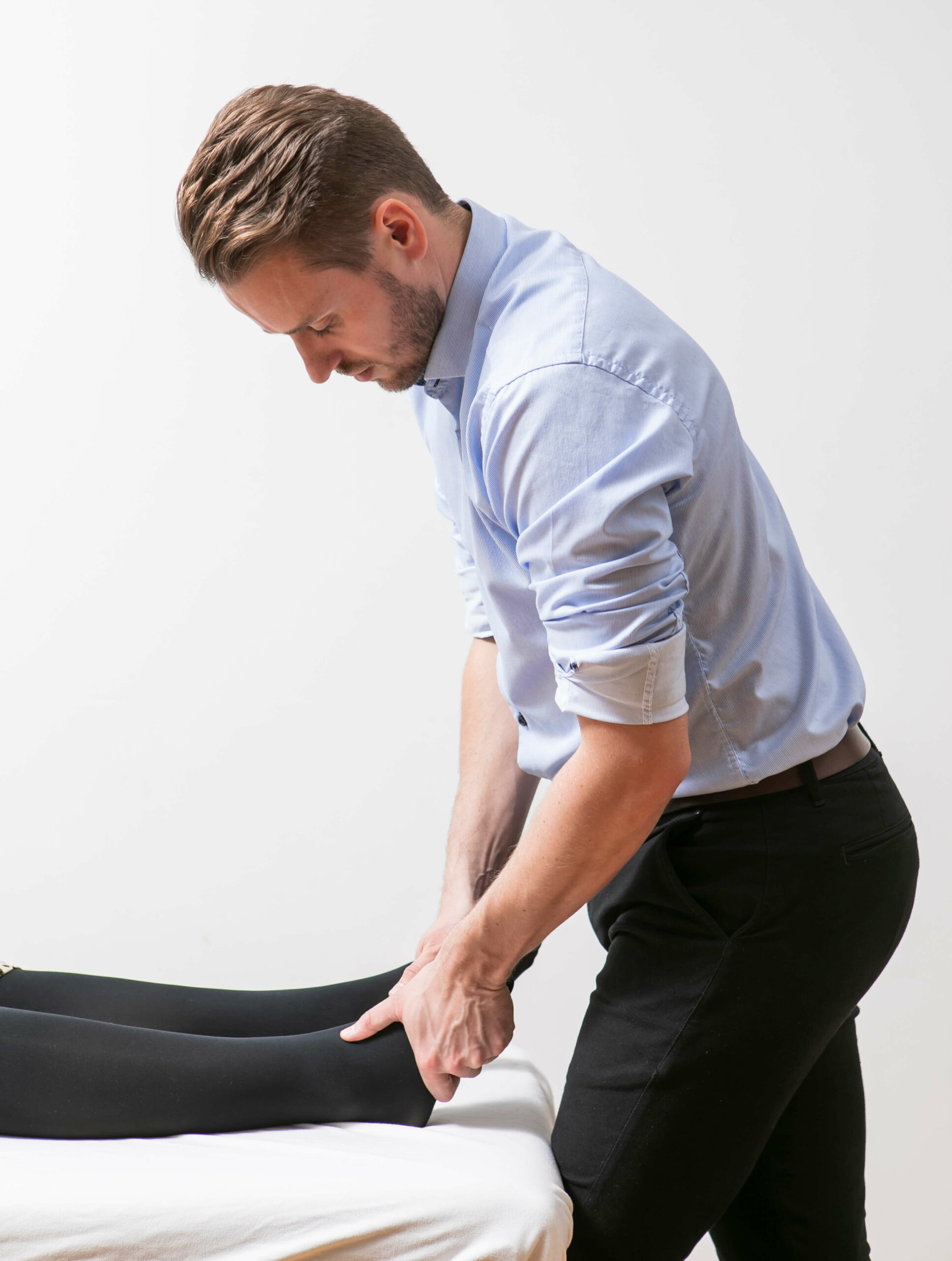
Ankle and foot pain
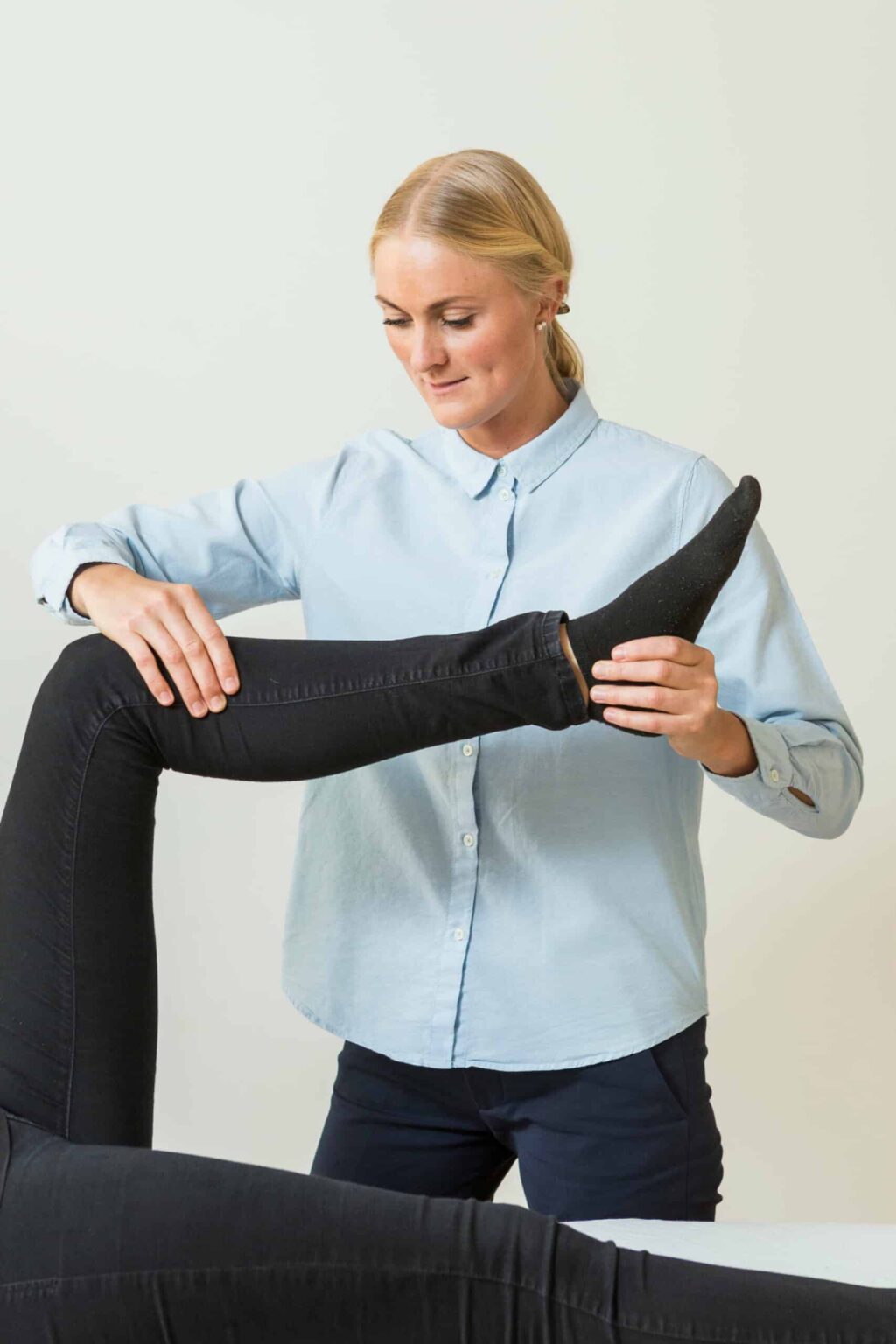
Heel spur
